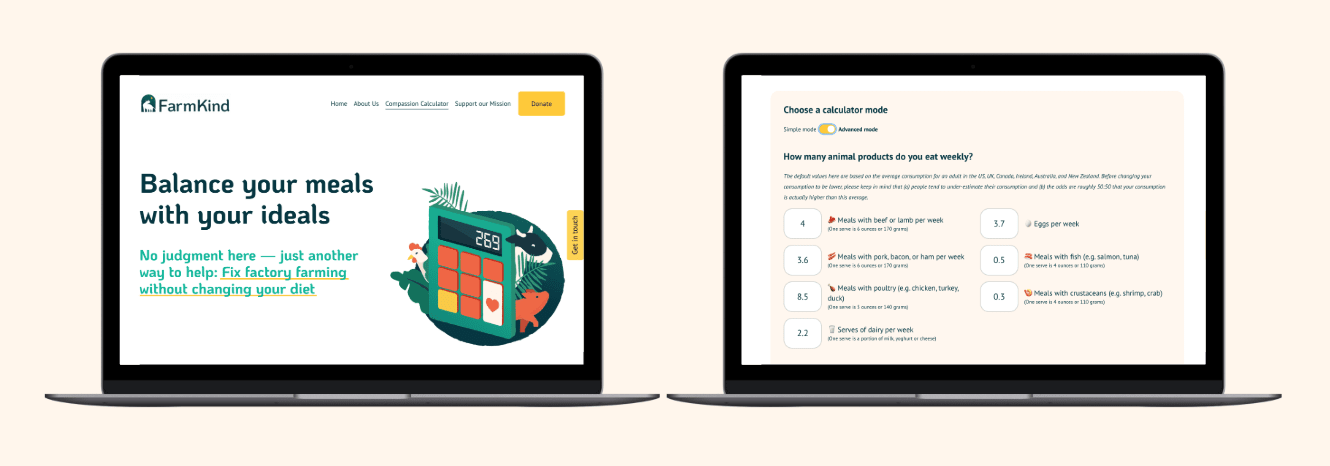As part of the Effective Giving Spotlight for the giving season campaign on the forum, I've written a blog post about my experiences of donating 10% of my income to effective charities for the last 3 years through Giving What We Can.
The 1-minute summary is:
- Sometimes it takes one podcast or article to give you the clarity you need to donate
- The most enjoyable part for me was selecting a portfolio of charities that complement my day-to-day work and reflect my preferences for near-term vs long-term impact
- The hardest part was ending donations to less effective charities that I was already giving to (not in the post but I think a matching campaign by pairing effective and less effective charities could help people move from one to the other. For example, if I give to homeless charities in the UK, I may be more likely to donate to similar, more effective charities such as GiveDirectly if given a matching incentive)
- Impact through donations compounds over time much like savings and investments, leading to quite unbelievable results
- Putting in place foundational financial planning actions can help overcome nervousness about donating large sums, particularly with the current cost of living crisis. As an accredited money coach, I share 5 actions that I support my clients with
I hope the article is interesting and possibly useful!


Thanks for sharing this. I think it’s good to talk about the experience of earning to give from diverse perspectives.
However, I didn’t read your blog post because I couldn’t do so anonymously and the requirement to log in seemed only designed to collect marketing data.
Hey Toby I've just updated it now - thank you for your comments!